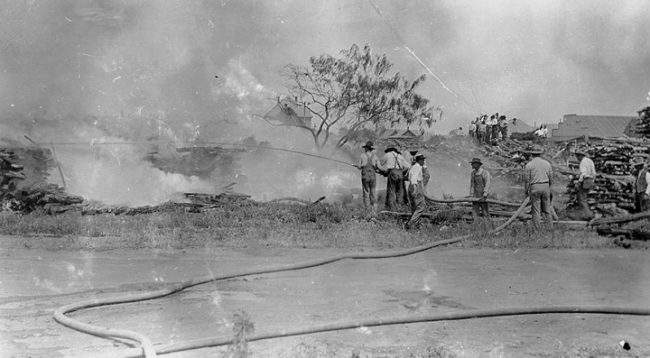
African Americans did all they could to fight the fires, to no avail. Source: Tulsa Historical Society
One of the most violent episodes of dispossession in U.S. history began on May 31, 1921 in Greenwood, a thriving Black neighborhood in Tulsa, Oklahoma. . . .
From May 31 through June 1, deputized whites killed more than 300 African Americans. They looted and burned to the ground 40 square blocks of 1,265 African American homes, including hospitals, schools, and churches, and destroyed 150 businesses. White deputies and members of the National Guard arrested and detained 6,000 Black Tulsans who were released only upon being vouched for by a white employer or other white citizen. Nine thousand African Americans were left homeless and lived in tents well into the winter of 1921 . . .
This assault was met by a brave but unsuccessful armed defense of their community by some Black World War I veterans and others.
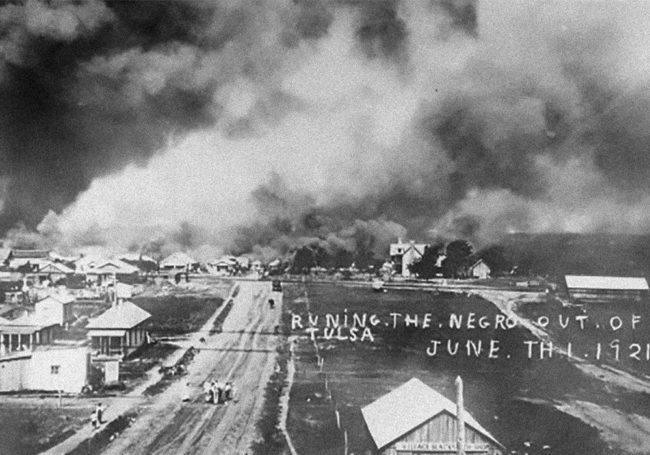
This description is by Linda Christensen of Rethinking Schools in the introduction to her lesson, “Burning Tulsa: The Legacy of Black Dispossession.”
She goes on to describe why and how she and her colleagues teach about the Tulsa Massacre (often described in textbooks as a “race riot”):
We didn’t want students to get lost in the history of Tulsa, though it needs to be remembered; we wanted them to recognize the historical patterns of stolen wealth in Black, brown, and poor communities. We wanted them to connect the current economic struggles of people of color by staying alert to these dynamics from the past. We wanted them to see that in many ways Tulsa and other Black communities are still burning, still being looted.
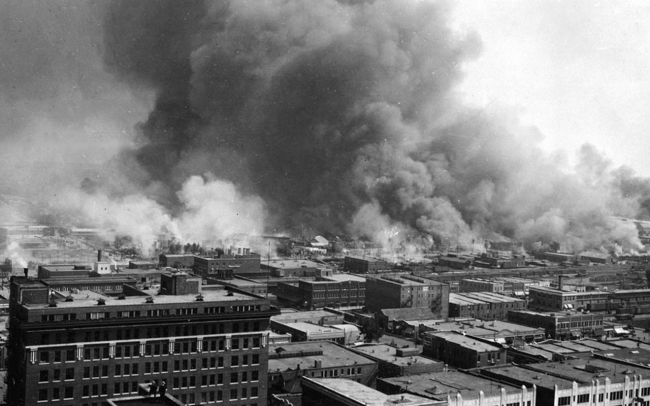
Smoke over burning buildings in Tulsa, Oklahoma during massacre of 1921. Source: Library of Congress.
Also see The Massacre of Black Wall Street, an illustrated story by The Atlantic.
Related Story from Democracy Now!
FEBRUARY 08, 2000: After two years of meetings, the Tulsa Race Riot Commission recommended Friday that direct payments be made to survivors and descendants of riot victims. The 11-member panel also called for a memorial to the dead, scholarships and a tax checkoff program to fund economic development in the Greenwood district. View full story.
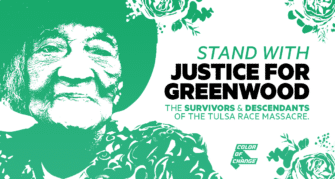 The Justice for Greenwood Foundation — a network of volunteers, advocates, attorneys, academics, experts, Massacre survivors, descendants, and others — aims to to get respect, Reparations, and repair for the Greenwood community for the near century of historical omissions and continued harm caused by the 1921 Massacre, through direct services, public education, and advocacy.
The Justice for Greenwood Foundation — a network of volunteers, advocates, attorneys, academics, experts, Massacre survivors, descendants, and others — aims to to get respect, Reparations, and repair for the Greenwood community for the near century of historical omissions and continued harm caused by the 1921 Massacre, through direct services, public education, and advocacy.
This is sadly one of countless massacres in the history of the United States. Most of these massacres were designed to suppress voting rights, land ownership, economic advancement, education, freedom of the press, religion, LGBTQ rights, and/or labor rights of African Americans, Latinos, Native Americans, Asians, and immigrants. While often referred to as “race riots,” they were massacres to maintain white supremacy.
Find more resources below to teach about the Tulsa Massacre (including “Burned Out of Homes and History: Unearthing the Silenced Voices of the Tulsa Massacre”) and the related events of Red Summer, 1919.

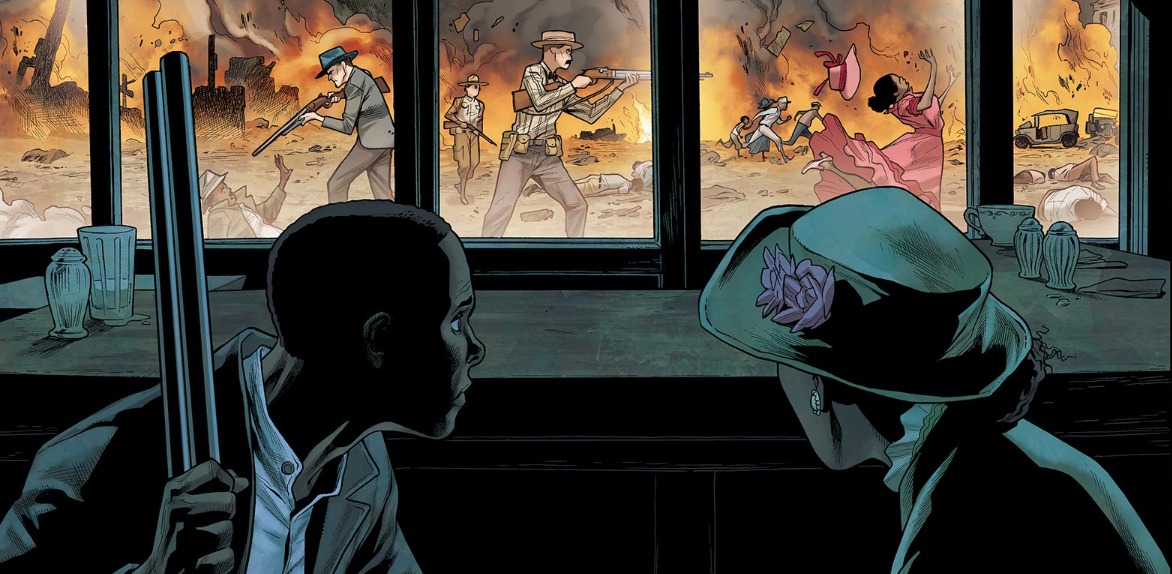
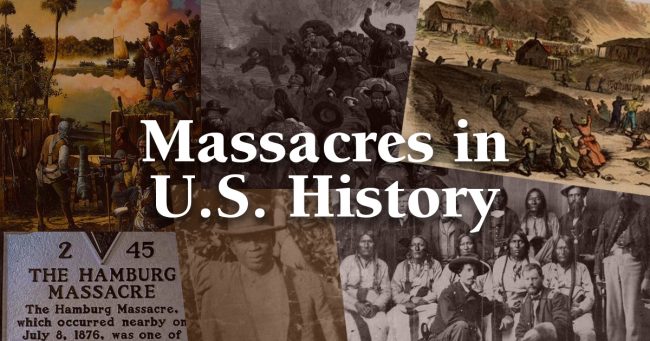
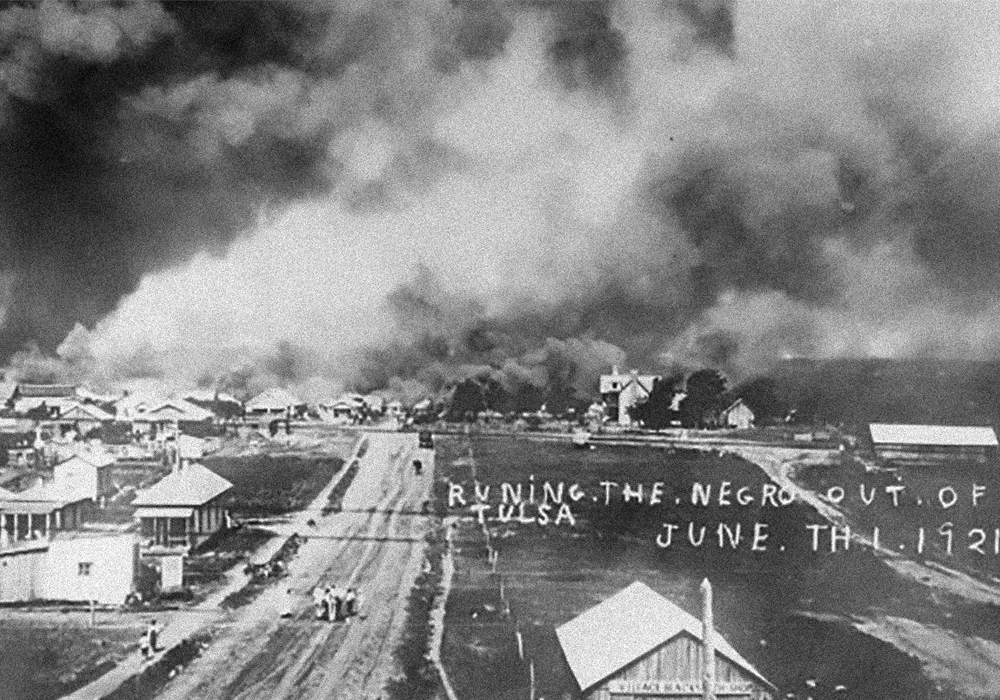
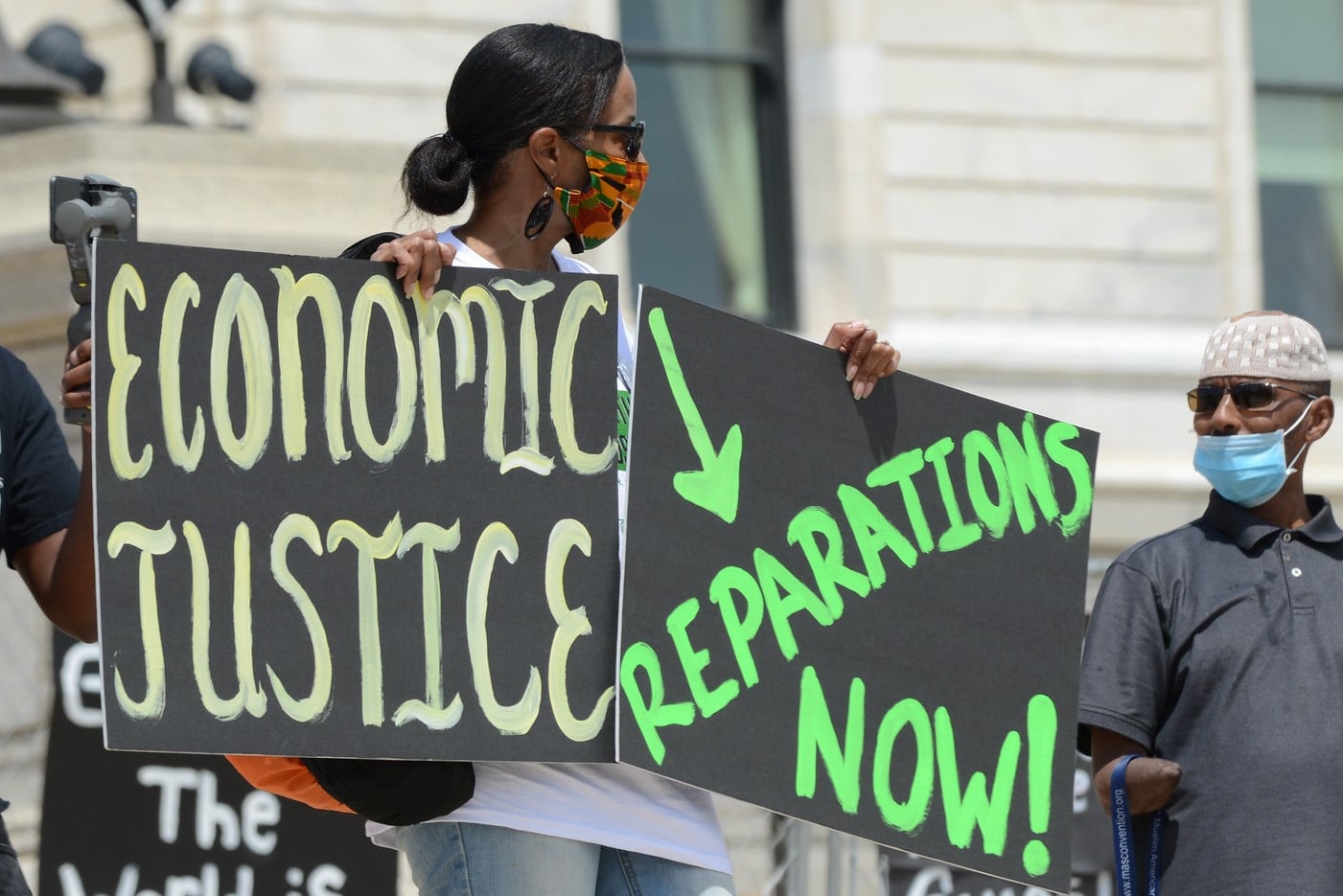

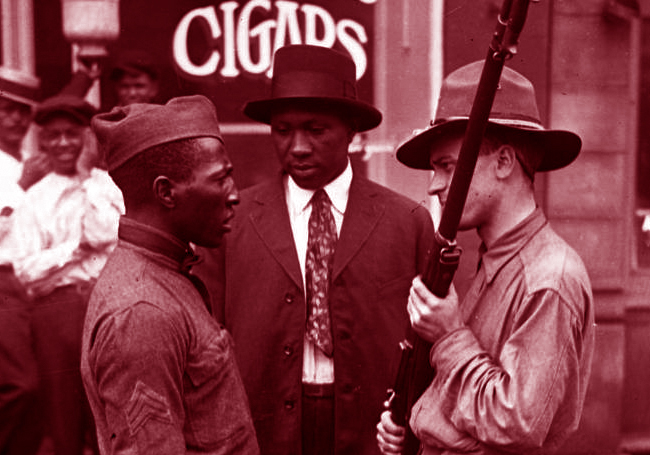
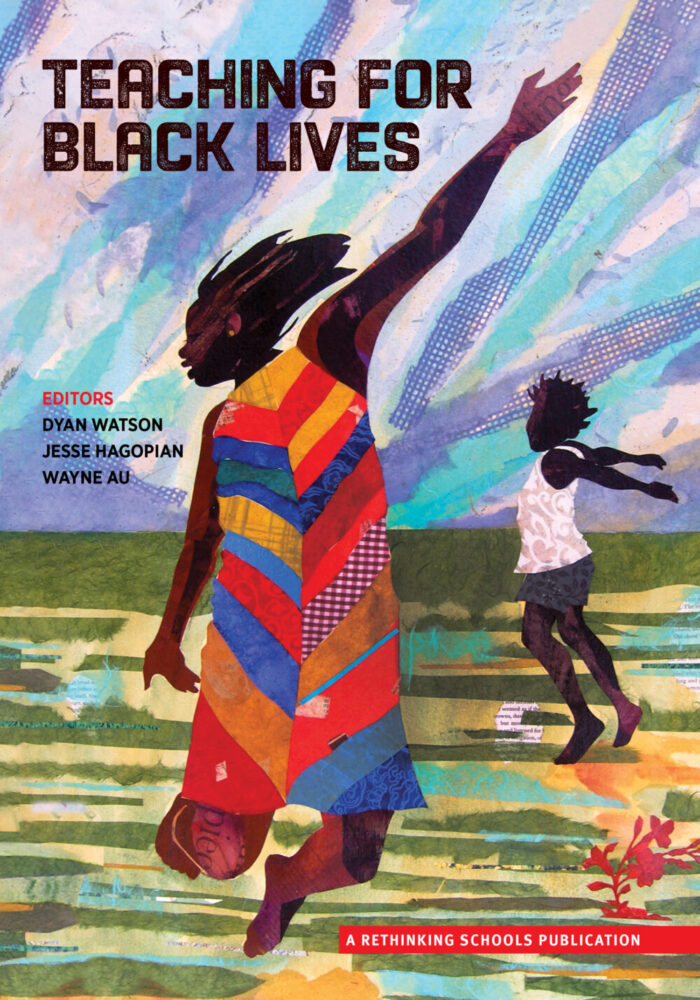
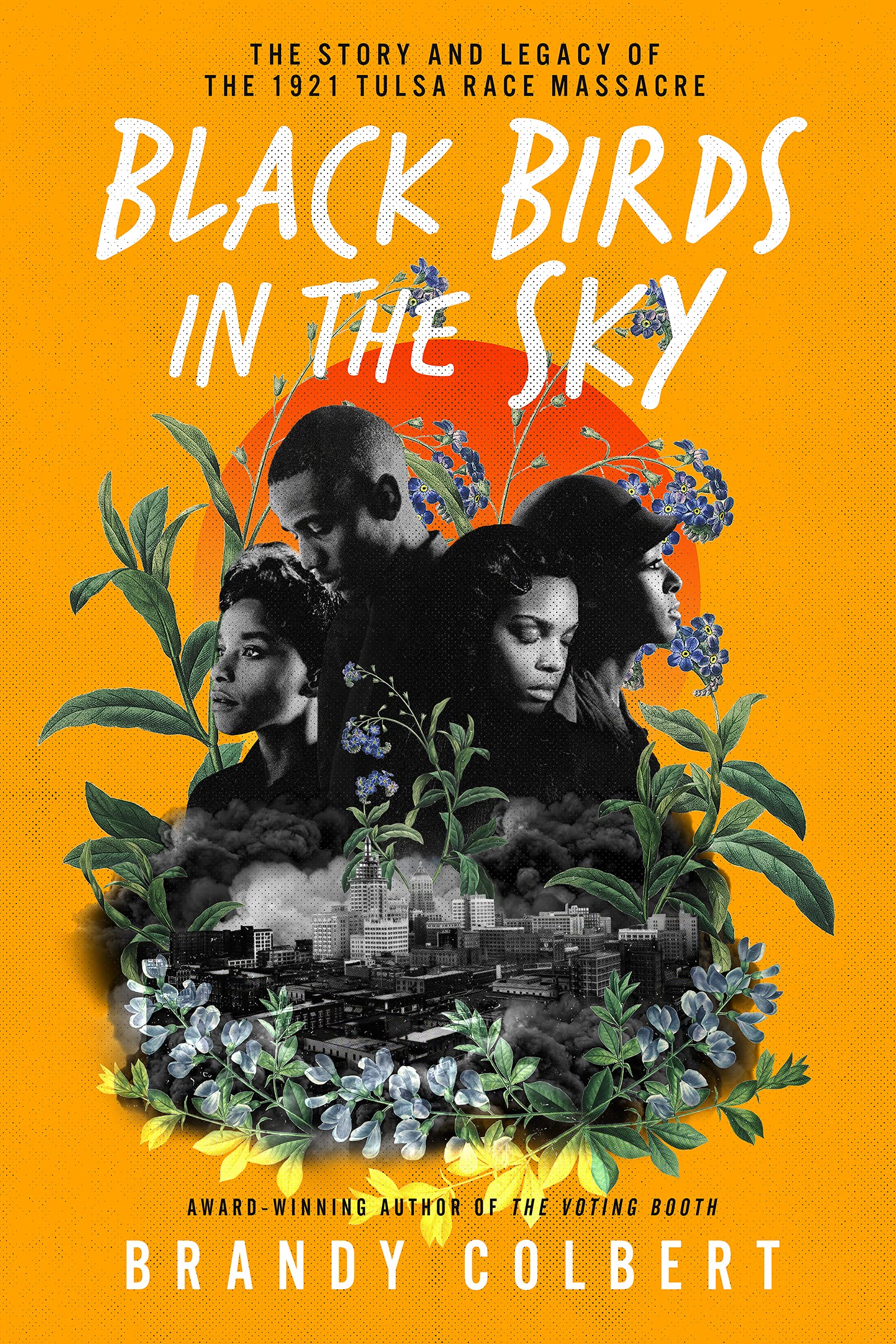
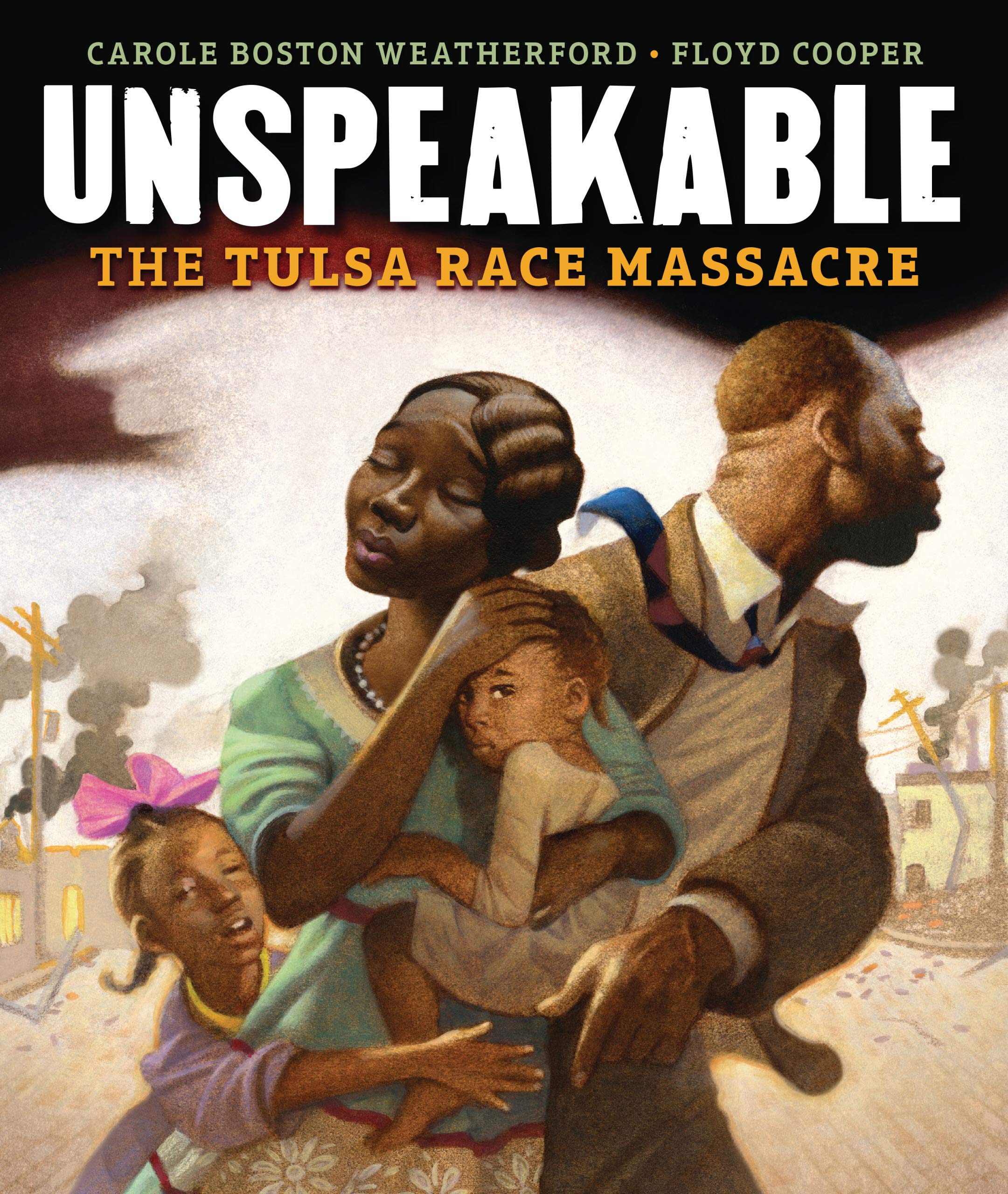
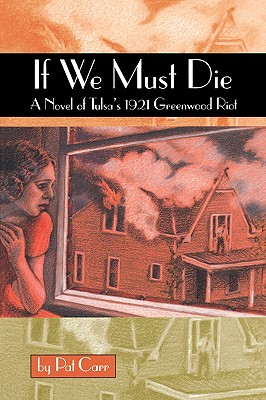
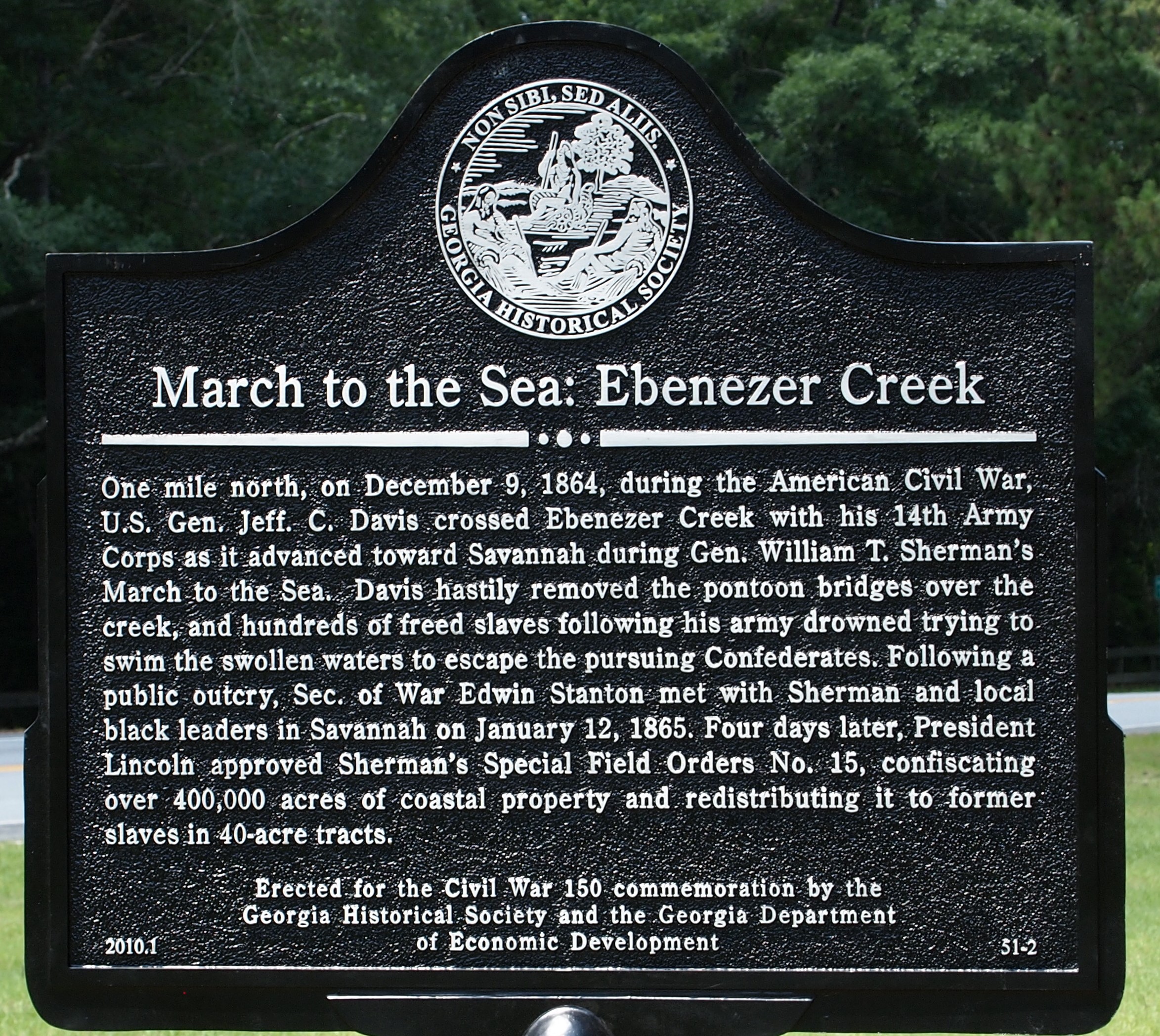
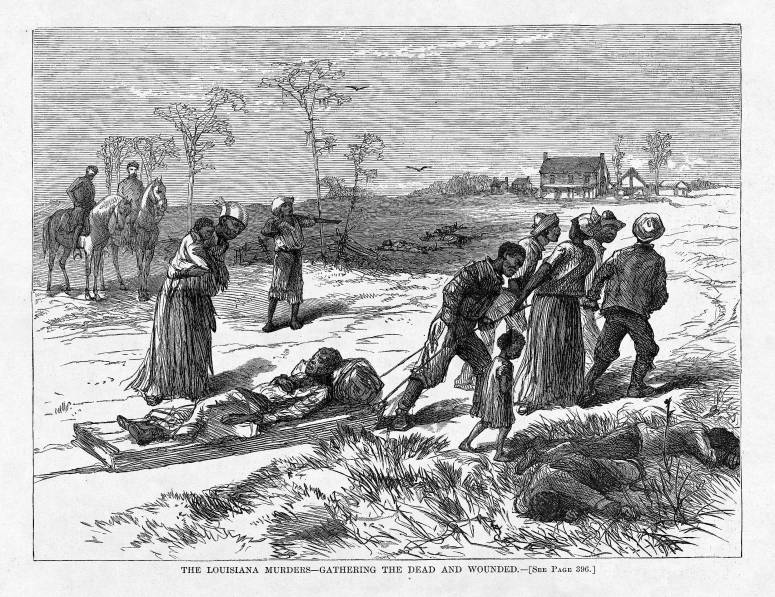
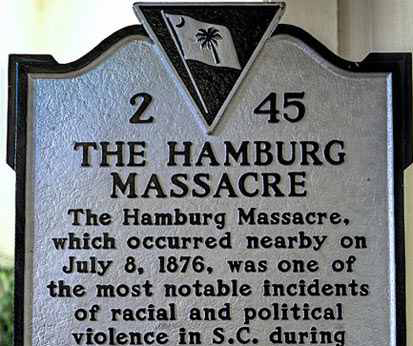
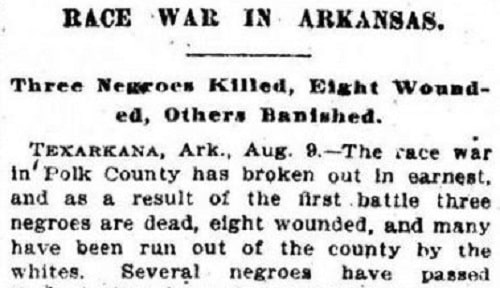
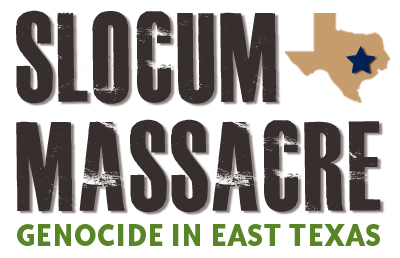

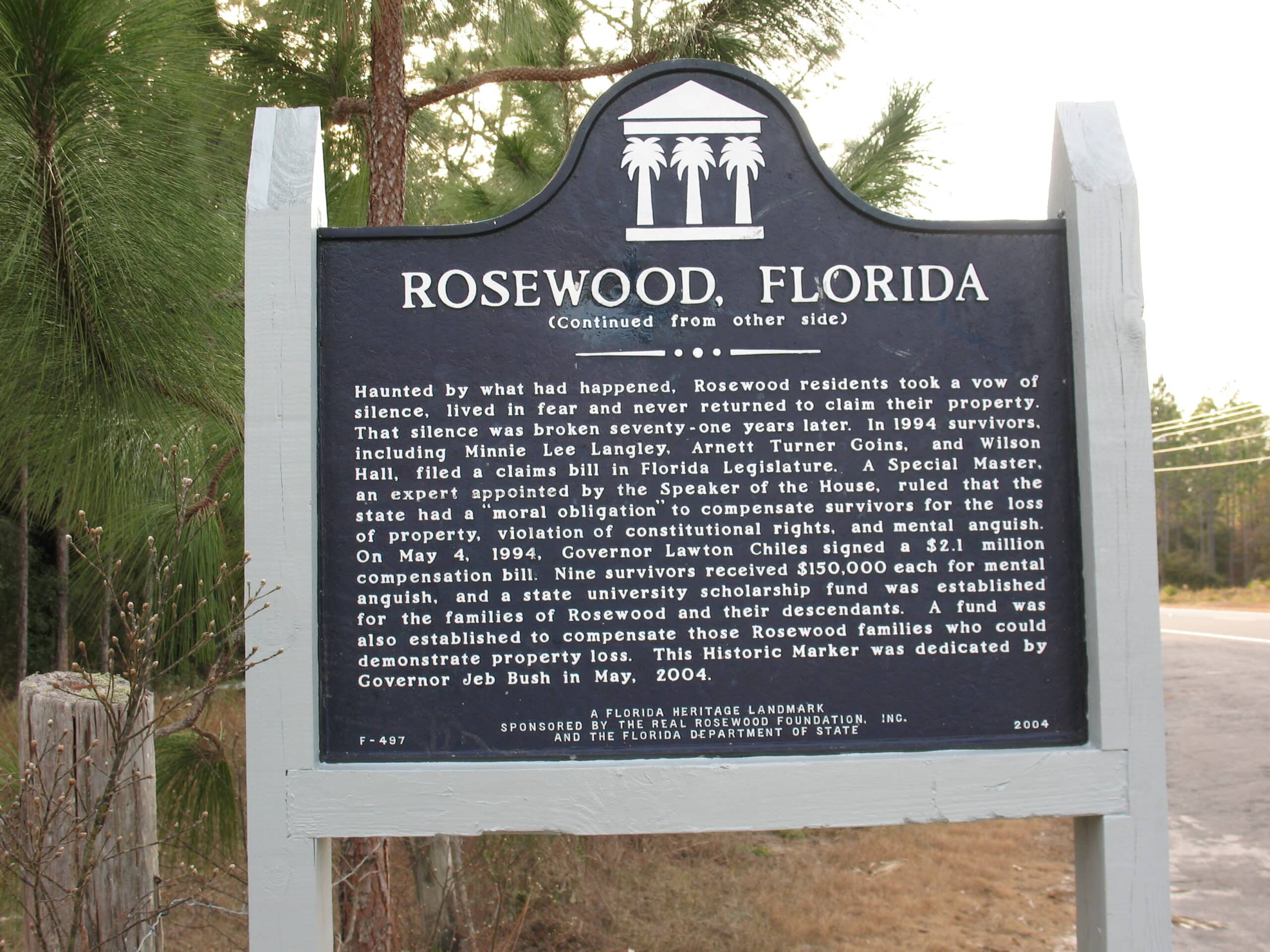





Twitter
Google plus
LinkedIn